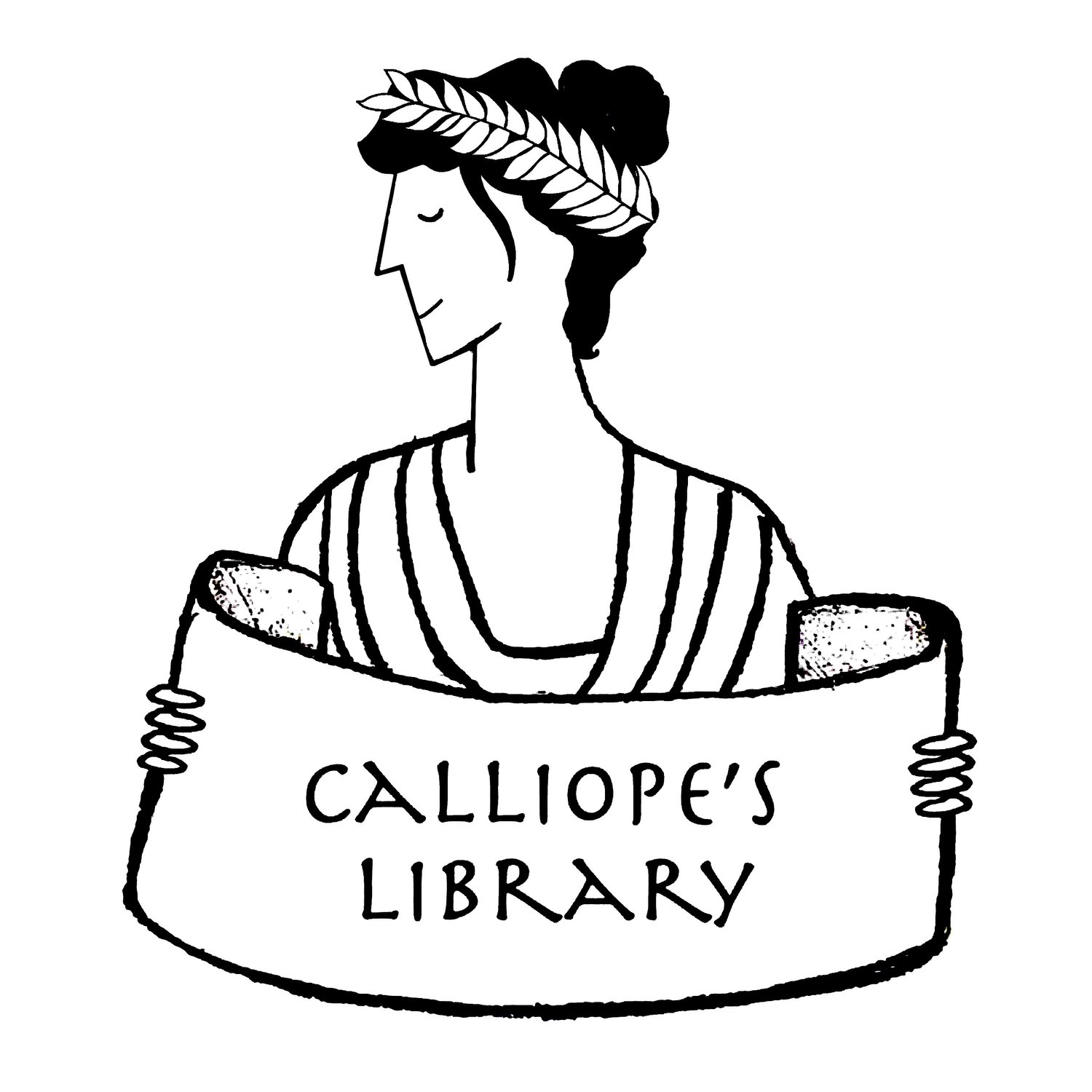Title: Piranesi
Author: Susanna Clarke
Date: 2020
Tags: 14+, New Adult, Mythology, The Minotaur, Setting: contemporary(?), Protagonist: Black, Racially/Ethnically diverse character(s), Award winner: Women's Prize for Fiction, World Fantasy Awards Finalist
Many believe that the Greek myth of Theseus and the Minotaur is an Athenian version of an older myth about the Cretan princess/priestess Ariadne, the mistress of the Labyrinth. We don’t know much about this lost original, but we’re sure that the hero Theseus wasn’t a part of it. So, what is “Theseus and the Minotaur” without Theseus? Perhaps the original myth went something like the story in Susanna Clarke’s Piranesi. The Labyrinth isn’t inherently dangerous or evil, but it is a kind of prison. Like Crete’s King Minos, Piranesi’s men in power are still greedy, abusive, and tyrannical. Trapped victims may not be in danger, but they still need Ariadne to guide them out of the maze.
As a story, Piranesi is hard to categorize. It’s a mystery and a rescue adventure, but it is also a journey of self-discovery. The wonderful main character is as much a mystery to himself as he is to the reader. The gentle kindness, philosophical spiritualism, and introspective insight in his narration combine to create a story that is beautiful as well as fascinating. Few characters have such a deep capacity for joy as Piranesi’s protagonist. Seeing the world through his eyes is a transformative experience, and the absorbing enigma of his past and of Labyrinthine House where he lives makes the book impossible to put down. If you would rather listen, I particularly recommend the audiobook read by Chiwetel Ejiofor, who is a perfect choice to bring the character to life.
The ancient world is interwoven into the fabric of Piranesi, although very little of it can be traced to any single myth or event. The House, which all other characters call the Labyrinth, is filled with ruined classical architecture similar to Giovanni Battista Piranesi’s drawings of Rome’s ruins from the 1700s. It is populated by statues of classical figures such as minotaurs, fauns, and centaurs, and people of all descriptions. There are clear references to other fantasy novels with classical inspirations as well, particularly C.S. Lewis’s Chronicles of Narnia and Lewis Carroll’s Alice's Adventures in Wonderland. Even the font is subtly classical. An author's note states that the two typefaces are called Perpetua and Felicity, named after a text from the 3rd century, The Passion of Perpetua and Felicity,
Piranesi rests on the premise that some things, like the mechanism that allowed Daedalus to fly, slip between the cracks of reality into a realm of the forgotten. This unique, sublime novel built around a lost Cretan myth proves that premise. Susanna Clarke’s Piranesi spins whole worlds out of things forgotten. – Krishni Burns


